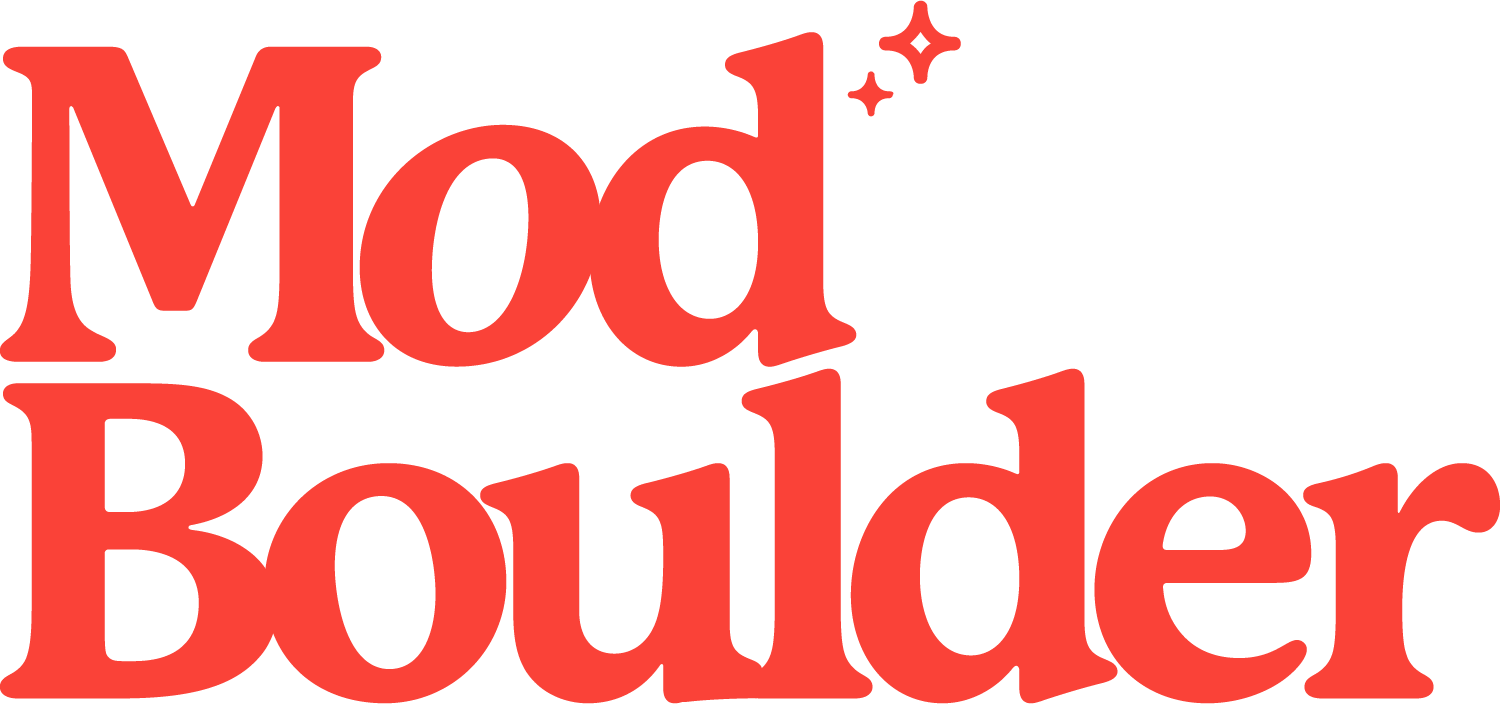HOA: Three Simple Letters, One Polarizing Entity
HOA: they’re three simple letters that can conjure up a range of emotions. As the acronym for Homeowner Association, just the mention of “HOA” can be met with a sense of belonging—or an air of contempt.
While they may seem like a newer concept, HOAs were originally established by U.S. land developers in the mid-19th century. With slow-growing popularity, HOAs didn’t become widespread until the 1960s, when the construction of highways made commuting to cities easier, and more large-scale suburban residential developments emerged, prompting developers to increase the density of homes on the land.
In order to evade housing density laws while retaining a homogenous suburban look, developers clustered homes around green open areas maintained by associations. To improve cash flow and property value, HOAs began to provide services that previously had been provided by municipal agencies funded by property taxes, and local governments began promoting subdivision development. This arrangement was a win-win for both parties.
In an effort to make their developments more desirable on the real estate market, developers expanded the scope of the HOA’s authority to include managing and maintaining the neighborhoods, as well as regulating exterior changes to residences, landscaping, maintenance requirements and standard color palettes, among other things.
In today’s HOA landscape, the most common criticism is that the HOA has burdensome and restrictive regulations on how homeowners may use their own property. But this perceived micro-management can be viewed in two different lights. While owners may lose some of their freedoms, they’re equally protected from others’ lack of consideration. Let’s be honest: there are very few homeowners who appreciate their neighbor’s violet-colored house with overgrown weeds, an incessantly barking dog, and a yard that doubles as a parking lot. And then there’s the simple fact of property value. According to a 2019 study in the Journal of Labor Economics, "houses in HOAs have prices that are on average at least four percent, or $13,500, greater than observably similar houses outside of HOAs”.
Additional benefits to homeowners may also include management services and common area maintenance, recreational amenities such as pools, parks and even gyms in some areas, insurance coverage, and the opportunity for members to plan new developments in accordance with community values. To many, these are seen as advantages worth the monthly premium.
But, just as some find the HOA fees worth every penny, others may find the growing annual premiums, punitive fines, appearance standards, restrictions on property use, and lack of personal autonomy to be a financial burden, a lifestyle burden, or a mixture of both.
Today, over 69 million Americans belong to an HOA, and that number continues to rise. A well-run HOA provides a solid framework for a rewarding community-living experience, and, with the right leadership and guidelines, can promote good citizenship across the community. And these days, that’s definitely worth every penny.

